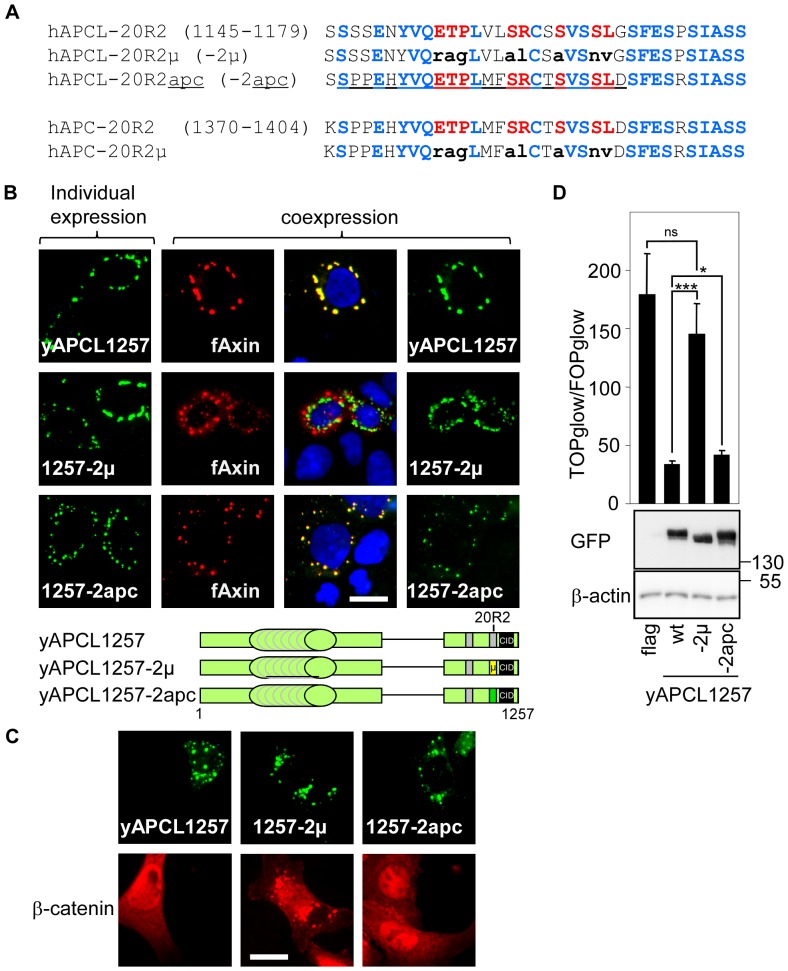Figure 5. The 20R2s of APC and APCL mediate Axin colocalisation, β-catenin down-regulation and the inhibition of β-catenin transcriptional activity in the absence of the SAMP repeats.
A, 20R2 sequences of wild-type and mutant human APC (residues 1370–1404) and APCL (residues 1145–1179). Red indicates amino acids common to APC and APCL from various species (fig. S2), blue represents the residues common to human APC and APCL, and the small bold black letters signify the residues that have been mutated. The underlined sequence comes from the human APC 20R2. B, Mutation of the 20R2 abolished the colocalisation of APCL with Axin, whereas the 20R2 of APC restored colocalisation with Axin. DLD1 cells were transiently transfected on day 1 with the indicated APCL constructs or N-terminal flag-tagged Axin, either individually or in combination. The cells were fixed on day 3 and were stained with an anti-flag antibody and Hoechst dye. Bar, 10 μM. C, SW480 cells were transiently transfected with a control vector (flag) or the indicated APCL constructs, fixed on day 3 and stained with an anti-β-catenin antibody. Bar, 10 μM. D, SW480 cells were transiently transfected on day 1 with reporter plasmids and 100 ng of an empty vector (flag) or the indicated APCL constructs. TOP/FOP reporter assays were performed on day 3 to measure β-catenin transcriptional activity. The data are presented as the mean ± standard deviation of three independent values from a representative experiment. * p<0.05, *** p<0.001, ns, not significant using Student's t-test. In a parallel experiment, cells were transiently transfected with 1 μg of the indicated plasmids on day 1. Cell extracts were prepared on day 3 and subjected to western blotting using the indicated antibodies. The molecular weights are shown in kDa. The imaging parameters were identical for each type of tag.

